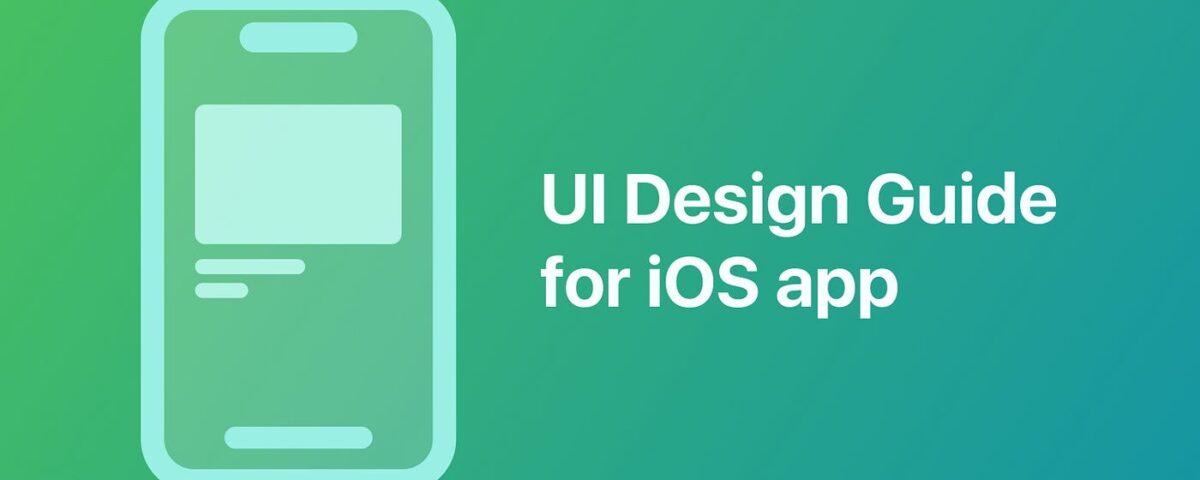Introduction: The Essence of iOS UI Design

Introduction: Navigating the Landscape of Android Security
May 25, 2024
Introduction: The Art and Science of Android UI Design
May 25, 2024Introduction: The Essence of iOS UI Design
In the realm of mobile app development, user interface (UI) design plays a pivotal role in shaping the user experience (UX) and distinguishing an app from its competitors. iOS, Apple’s renowned mobile operating system, is celebrated for its sleek, intuitive, and visually appealing user interfaces. In this blog, we embark on a journey through the principles, guidelines, and best practices of iOS UI design, uncovering the secrets to creating compelling and user-friendly interfaces.
Thank you for reading this post, don't forget to subscribe!Understanding the Principles of iOS Design
Human Interface Guidelines (HIG)
At the core of iOS UI design is Apple’s Human Interface Guidelines (HIG), a comprehensive set of principles and recommendations for designing intuitive and visually consistent interfaces. From layout and typography to navigation and interaction patterns, the HIG serves as a blueprint for creating delightful user experiences that feel native to the iOS platform.
Clarity, Consistency, and Simplicity
Key tenets of iOS UI design include clarity, consistency, and simplicity. Clear and concise layouts, consistent use of typography and visual elements, and simplified interactions contribute to a seamless and intuitive user experience that resonates with users and fosters engagement.
Designing for Accessibility and Inclusivity
Accessibility Features
iOS offers a range of accessibility features that empower users with diverse needs to interact with apps more easily. Designing with accessibility in mind involves considerations such as scalable fonts, high contrast interfaces, and support for VoiceOver and other assistive technologies, ensuring that all users can access and enjoy the app’s features.
Inclusivity and Diversity
Inclusive design goes beyond accessibility to embrace diversity and accommodate users from different backgrounds, cultures, and abilities. By prioritizing inclusivity in UI design, developers can create experiences that resonate with a broad audience, fostering a sense of belonging and inclusiveness.
Embracing Design Patterns and Components
Design Patterns
iOS UI design relies on established design patterns, such as navigation bars, tab bars, and modal dialogs, to provide users with familiar and predictable interactions. By leveraging these design patterns effectively, developers can streamline the user experience and facilitate intuitive navigation within the app.
UI Components
iOS offers a rich library of UI components, including buttons, labels, tables, and collection views, that developers can use to build interfaces with consistency and efficiency. Customizing these components to align with the app’s branding and visual identity helps create a cohesive and polished user experience.
Conclusion: Elevating iOS UI Design to New Heights
In conclusion, iOS UI design is a blend of art and science, guided by principles of clarity, consistency, and inclusivity. By adhering to Apple’s Human Interface Guidelines, designing with accessibility in mind, and embracing design patterns and components, developers can create immersive and memorable user experiences that resonate with iOS users worldwide.
As technology evolves and user expectations continue to evolve, mastering the art of iOS UI design remains essential for creating apps that delight, engage, and inspire users, setting the stage for success in the competitive landscape of mobile app development.
For more information: www.ecbinternational.com


